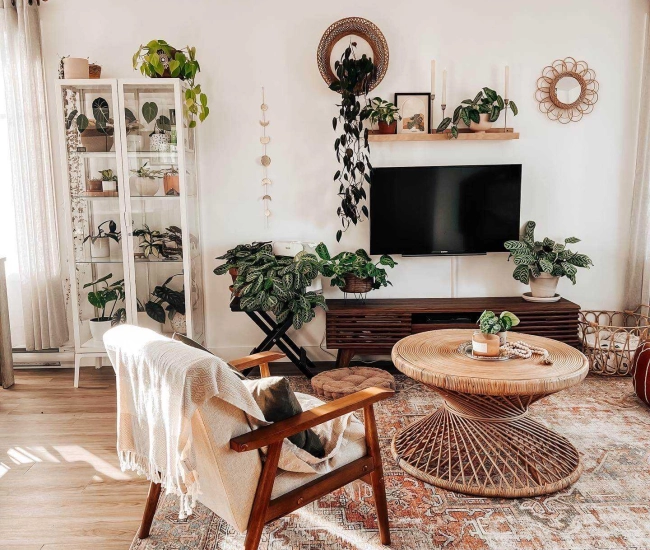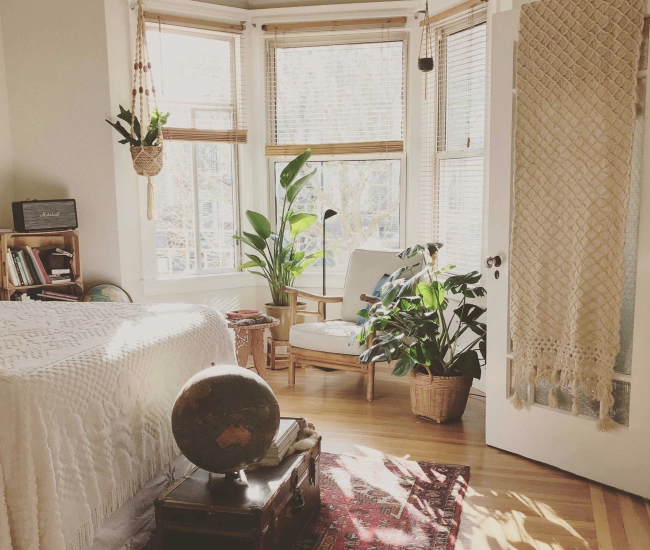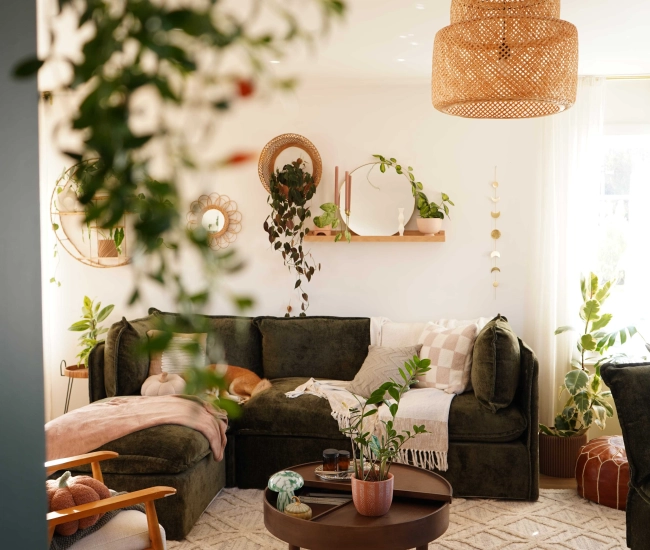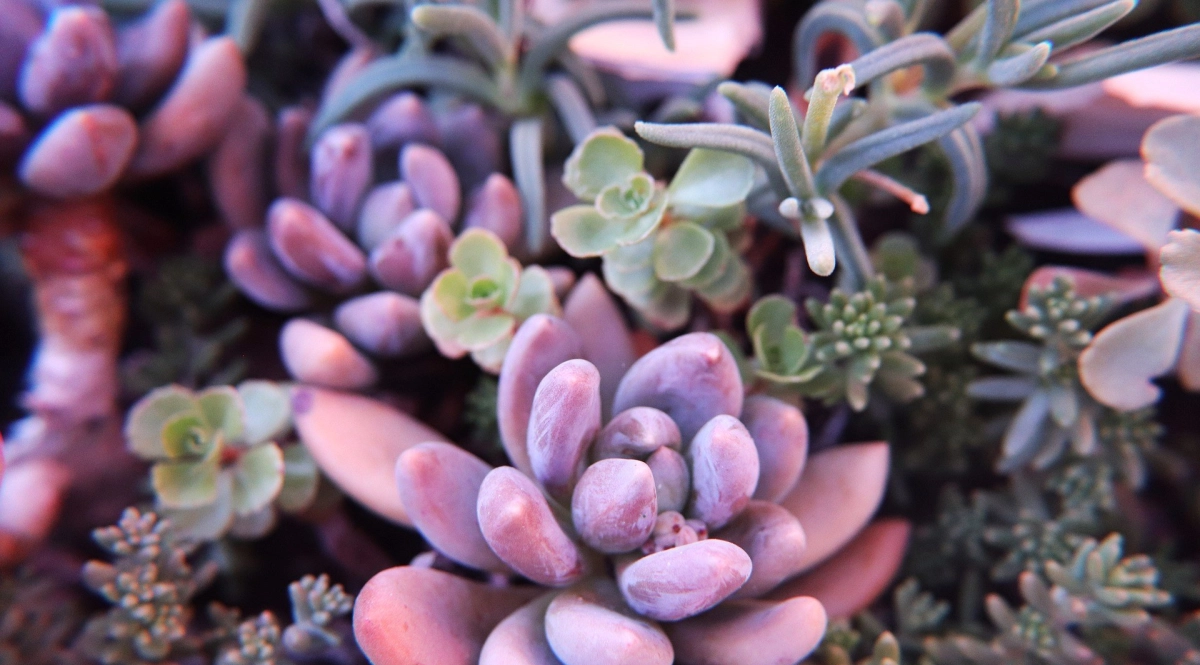
We love our pets so much! They are an integral part of the family, and we consider them as full-fledged members of the clan. Combining indoor plants and small animals can sometimes prove dangerous for our little companions, as some varieties can be toxic to them. To prevent our furry and feathered friends from being poisoned by plants, it's better to know which ones are dangerous for them and which ones pose no problem. Even if poisonings are often mild and there are very few major incidents, it is preferable to choose the best possible varieties.
Here are 8 Pet-friendly plants for animal lovers:
Beaucarnea
- The beaucarnea or elephant's foot, due to the shape of its trunk, is a very beautiful indoor tree with cascading foliage that can reach 1 to 2 meters in height.
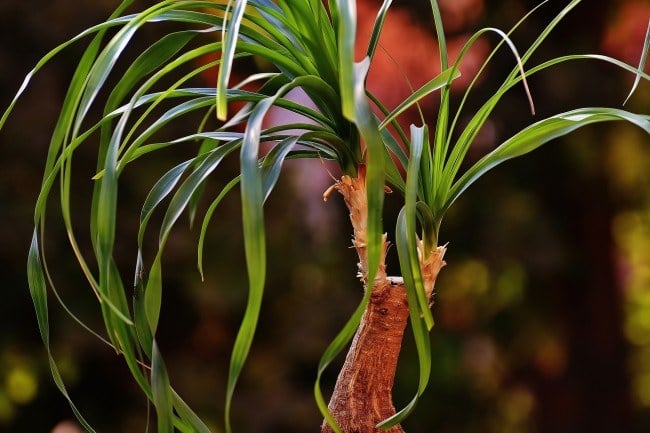
Peperomia
The peperomia is mainly appreciated for its fleshy and glossy round-shaped foliage. In the best growing conditions, you may see small spike-shaped flowers appear.
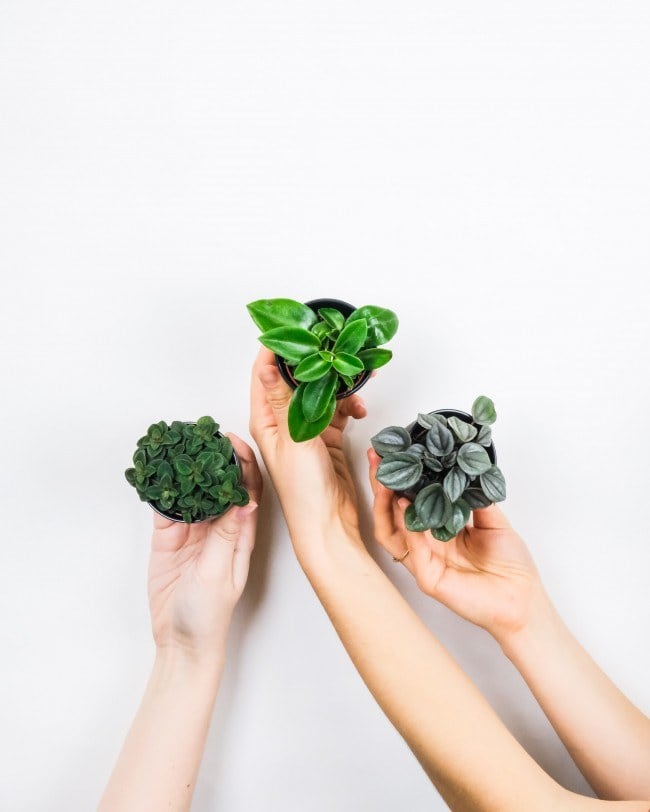
Haworthia
The haworthia is a small succulent plant, rarely more than 10 cm in height, which grows in a rosette often dark green with white stripes or streaks.
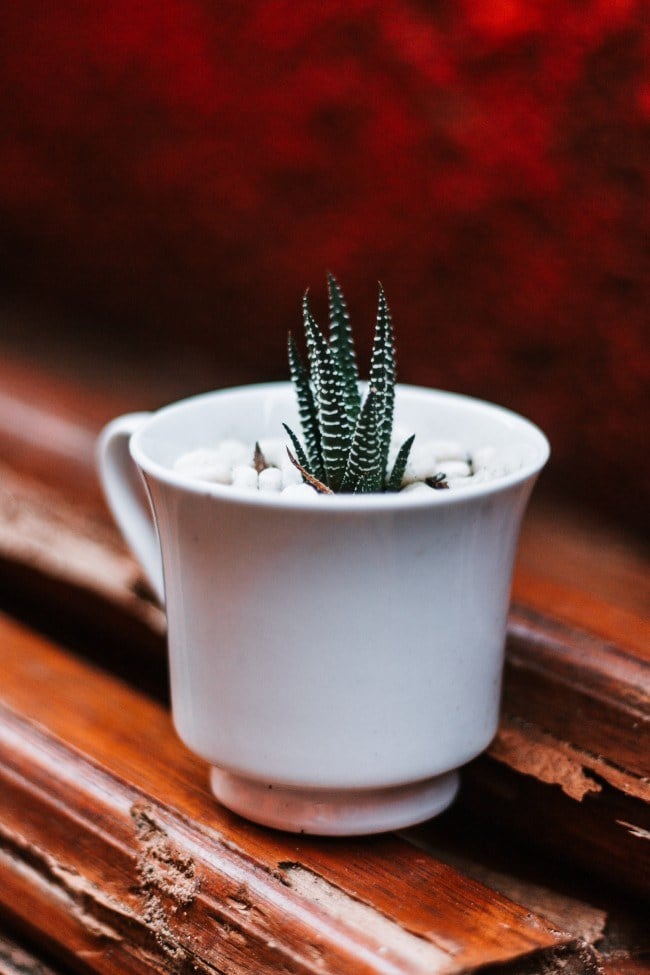
African Violet
The African violet is one of the best-selling indoor plants in the world. It is very floriferous and can offer you beautiful flowers practically all year round.
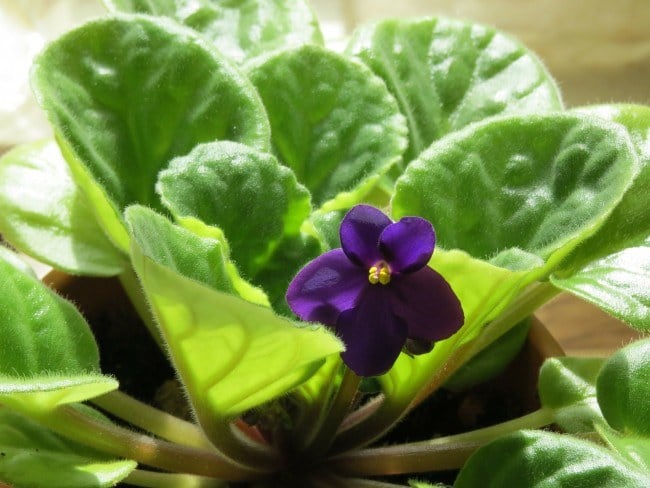
Chlorophytum
The Chlorophytum or spider plant is very common in homes mainly because of its ease of cultivation. It is part of the category of unkillable plants and can tolerate several stresses.
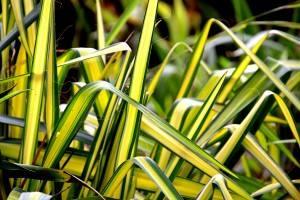
Nephrolepsis
Ferns: we love them! They adapt to practically all decor styles and are rather easy to cultivate. Moreover, they are among the most effective plants for depollution, and as they appreciate warmth and humidity, they are perfect for the bathroom.
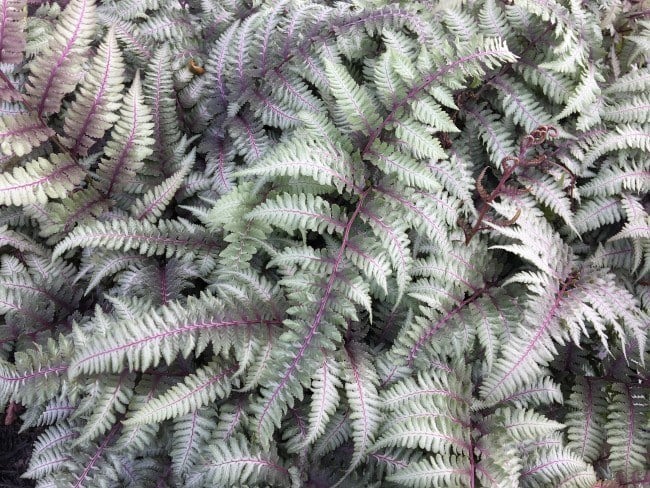
Hoya Carnosa
The Hoya Carnosa is an indoor plant with a trailing habit that offers thick and waxy foliage. It produces clusters of small flowers that seem to be made of porcelain. Stunning in suspension.
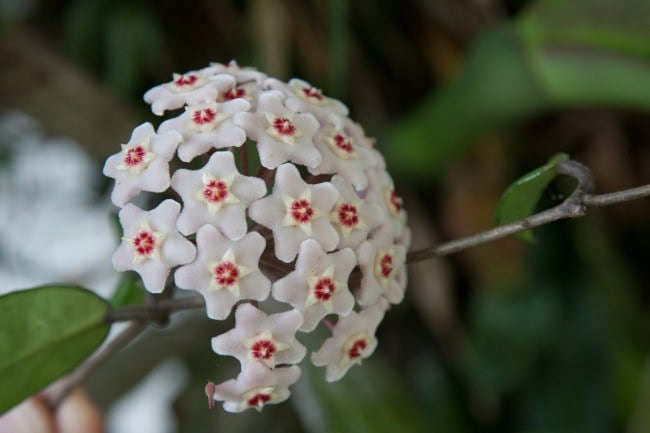
Echeveria and other succulents
Succulents are currently very popular; they can be found in a multitude of decors. Besides being rather easy to cultivate and offering you a multitude of opportunities (see our article on the subject: What to do with cacti and succulents), they are good friends for your animals.
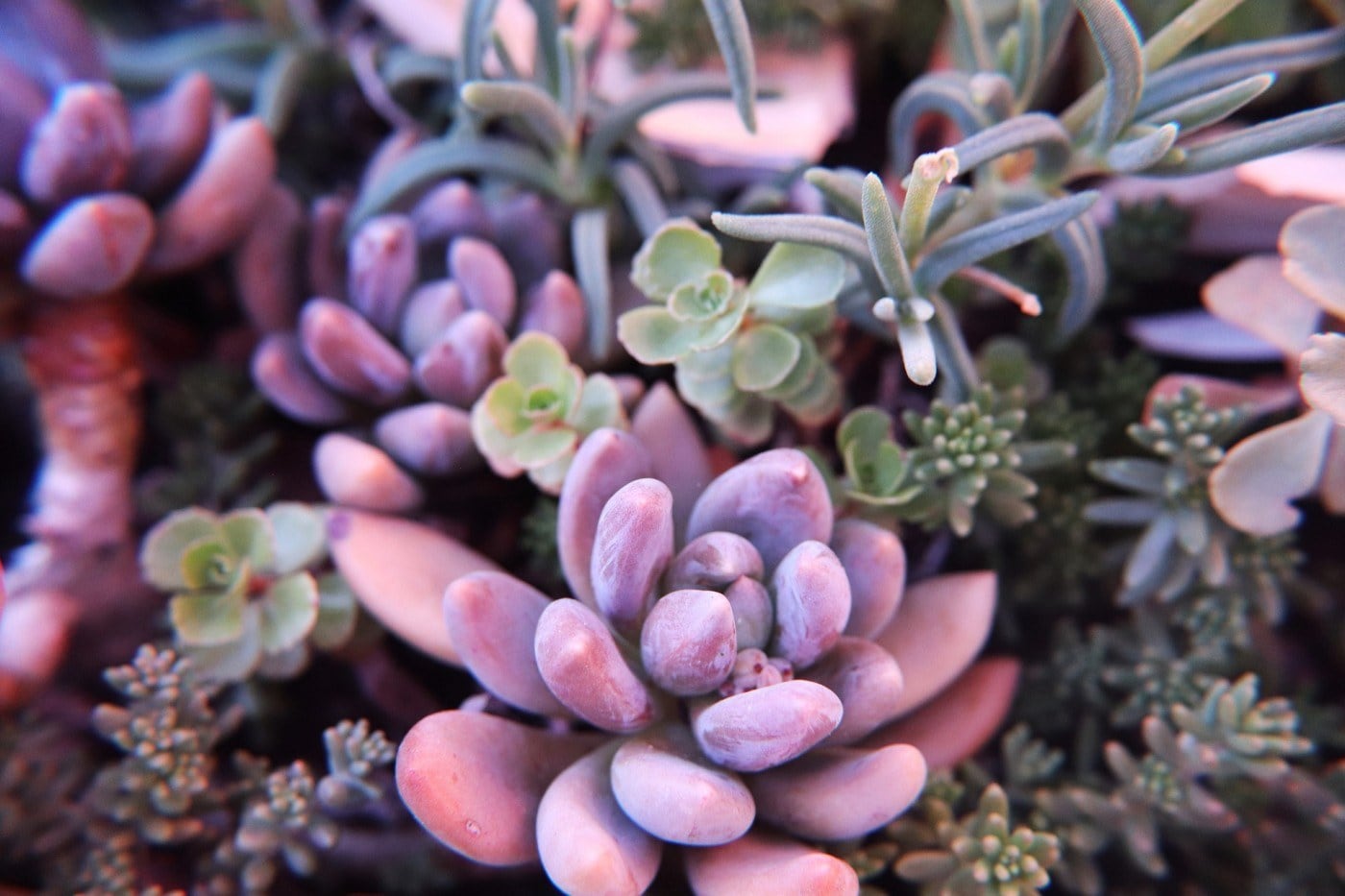
However, there are many widespread plants that can have harmful effects on your animals.
It may not be necessary to get rid of them, but pay particular attention to where you place them and their accessibility to your pet.
Croton
The sap can cause poisoning or severe burns to the mucous membranes.
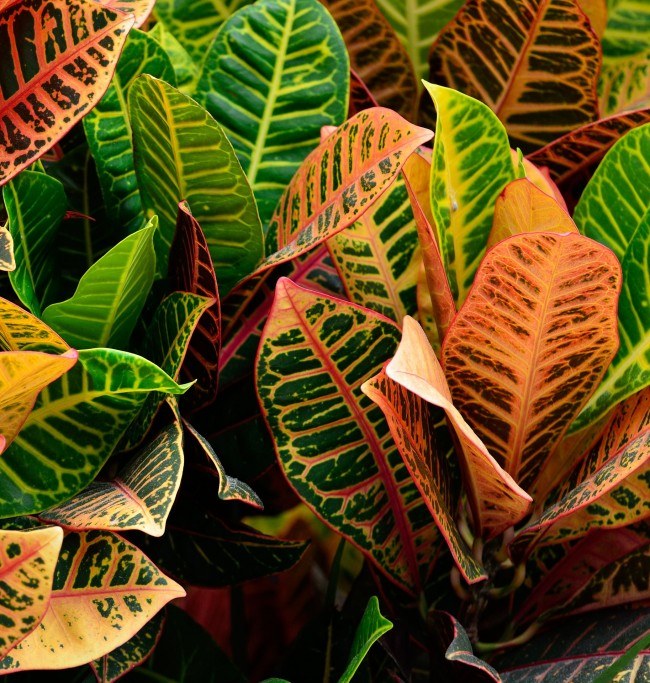
Philodendron and monstera
Can cause digestive and respiratory issues if ingested. Can also cause bleeding of the gums.
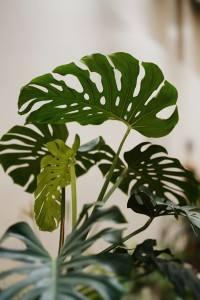
Aloe Vera
The bark of aloe vera is very laxative, so if ingested in large quantities, it can cause intestinal problems.
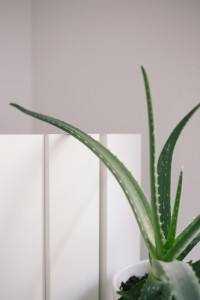
Sansevieria or mother-in-law's tongue
Very toxic to cats, it can cause neurological problems if ingested in large quantities.
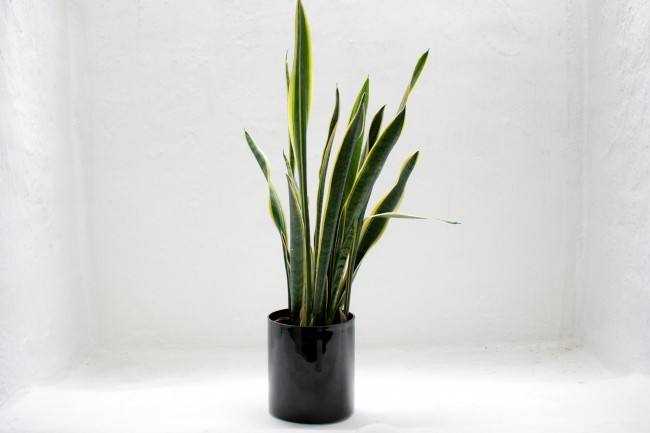
Spathiphyllum or Peace Lily
The plant's sap is toxic and can cause problems if ingested. The stomach, esophagus, and digestive system will be most affected.
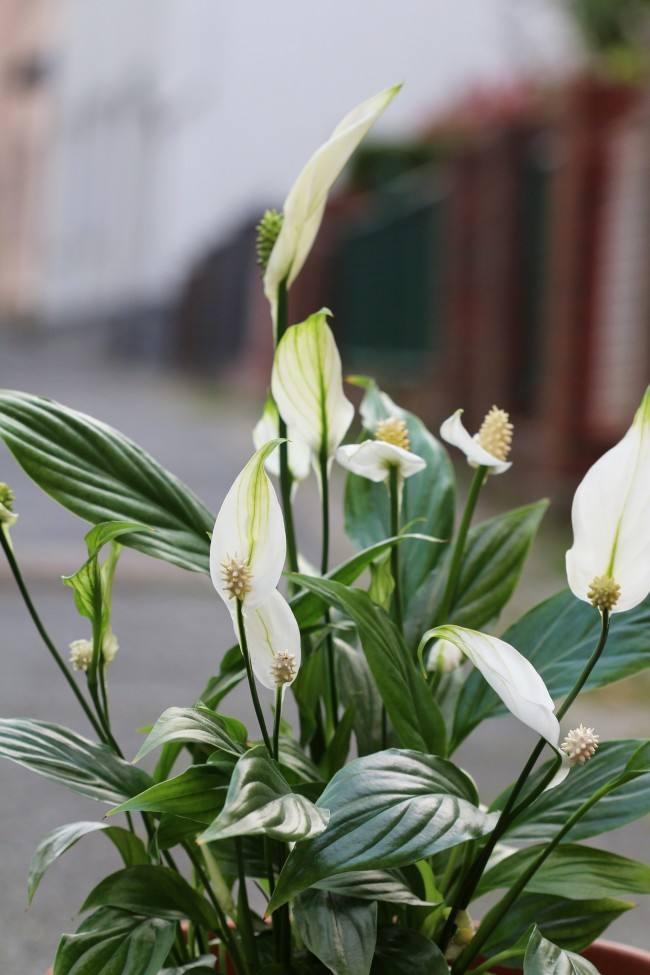
Dieffenbachia
The sap is toxic, especially to cats. It will burn the skin and mucous membranes upon contact, and digestive and respiratory issues may occur if ingested.
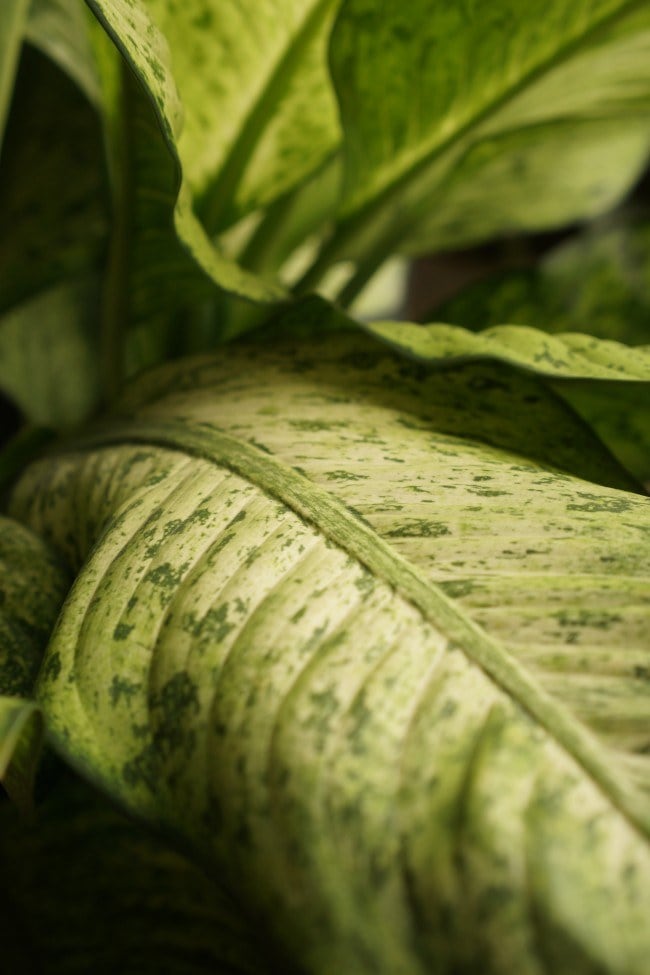
Poinsettia
Digestive issues may occur if your pet chews on the leaves or flowers of the poinsettia. If you are allergic to latex, be careful yourself.
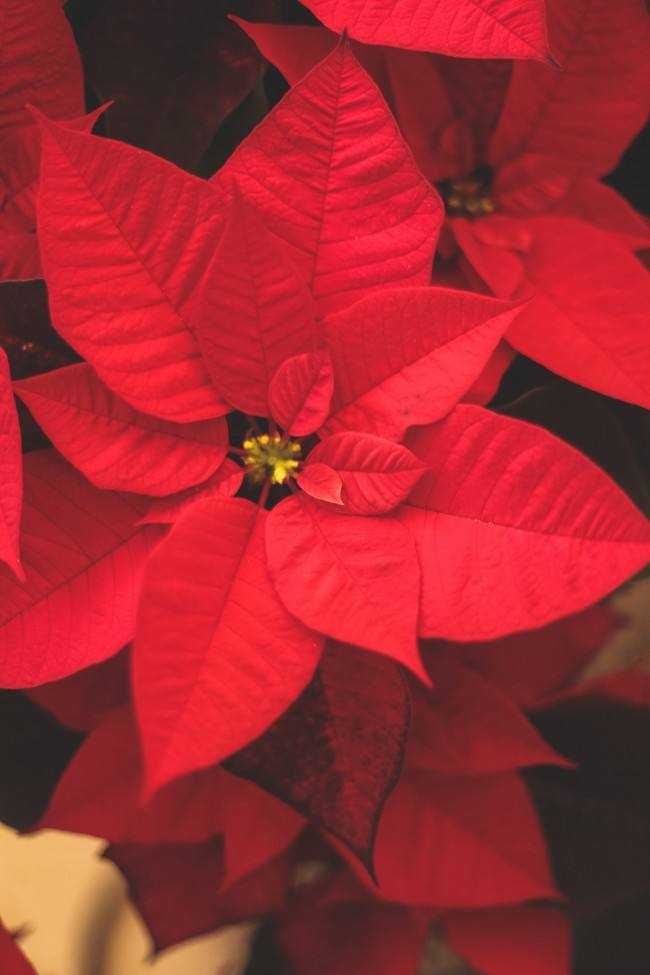
Golden pothos
The pothos is harmful to dogs and cats and can mainly cause mouth irritation and difficulty swallowing.
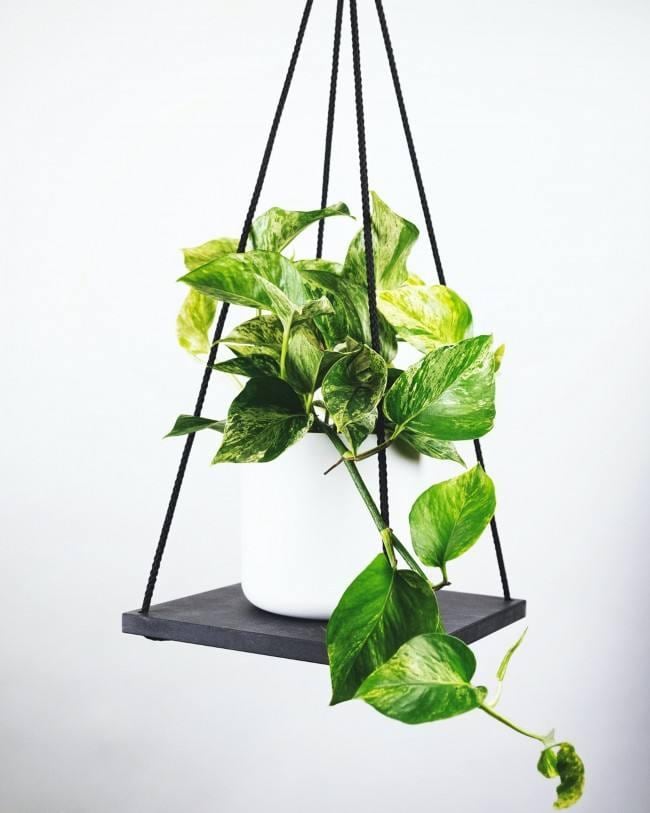
If your pet has eaten a plant or you find it chewing on the leaves, flowers, or stems of a plant, consult your veterinarian to find out if it's at risk. You can also contact the poison control center, which can guide you on how to prevent your pet from becoming very ill.
Tips and advice

